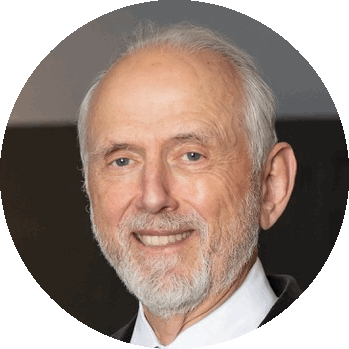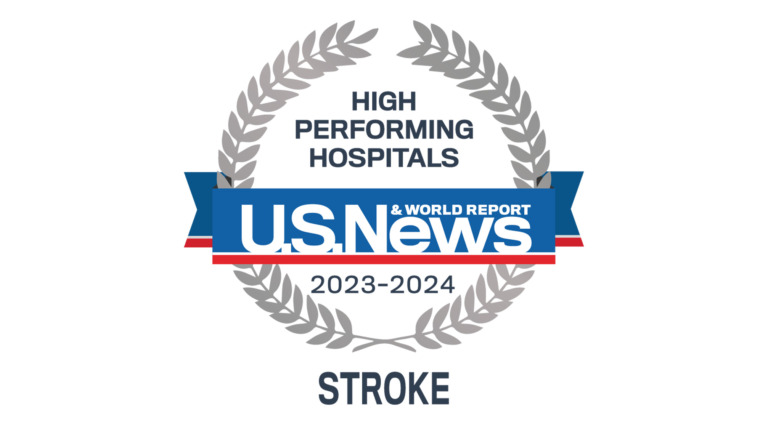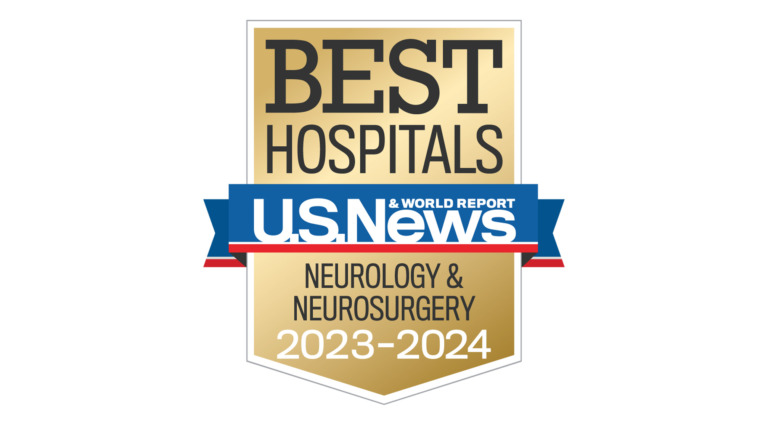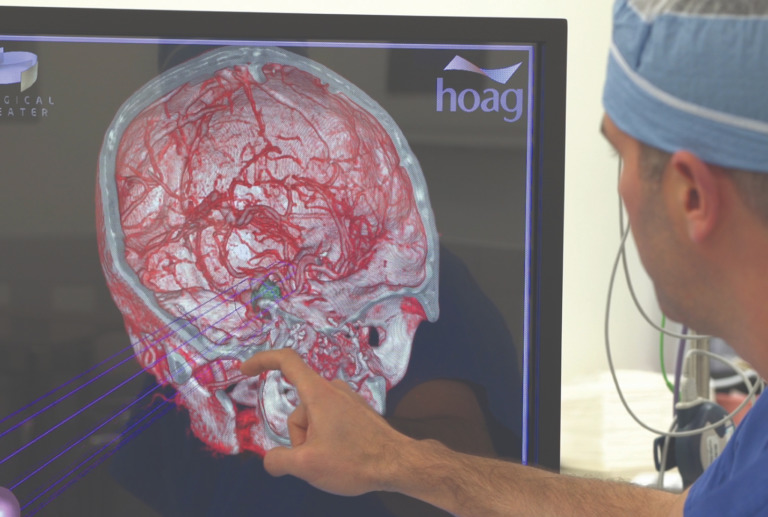Welcome to Pickup Family Neurosciences Institute
Your brain is who you are. Where you live. How you experience the world around you. As the most comprehensive neurologic care program in Orange County, our goal is to enhance your brain, repair damage, restore and improve your ability to be YOU.
You plan for everything.
We're here for the things you can't plan for. Our integrated, multidisciplinary neurosciences programs are evidence-based, use state-of-the-art technology and advanced clinical research, all focused on you.
Welcome to Pickup Family Neurosciences Institute
Pickup Family Neurosciences Institute offers world-class expertise in most conditions of the brain, spine, and peripheral nerves leveraging our multidisciplinary program approach, each focusing on a specific patient issue.

Hoag's relentless pursuit of excellence, its pride, is exemplified by PFNI. We are proud of the people, enabled by the facilities, and armed by the latest advanced technology that we - and our amazingly generous supporters - share with our entire community.
Ron & Sandi Simon Executive Medical Director Endowed Chair,
Pickup Family Neurosciences Institute
Neurological Specialties
- Acute Rehabilitation
- Addiction Medicine
- ASPIRE (Teen Mental Health, 13-17)
- Brain Tumor
- Chronic Pain & Neuropathy
- Concussion
- Epilepsy
- Headache
- Memory & Cognitive Disorders
- Multiple Sclerosis & Neuroimmunology
- Parkinson’s & Movement Disorders
- Skull Base & Pituitary Tumor
- Sleep Health
- Stroke
- Young Adult Mental Health (18-26)
Annual Report
How the Pickup Family Neuroscience Institute is making a difference in the field
Our expert specialized clinicians and supporting dedicated staff continue to commit themselves every day to provide outstanding results.
20 Hospitals, Health Systems Adding Robotics in Q1
Here are 20 hospitals and health systems that added spine and orthopedic robots in the first quarter: Note: This is…
Read MoreHoag Becomes 1st West Coast Hospital to Offer Mazor X Robot for Spine Surgery
Newport Beach, Calif.-based Hoag Pickup Family Neurosciences Institute became the first West Coast hospital to use Medtronic’s Mazor X Stealth…
Read MoreThe Most Common Misconception About Spine Surgery
The most persistent problem I encounter is not nerve pain or slipped discs. It’s the tenacious misconception that someone can…
Read MoreHoag is First Hospital in the State to Implant Deep Brain Stimulation System for Parkinson's Disease
Hoag Memorial Hospital Presbyterian recently became the first hospital in California to implant the Food and Drug Administration’s (FDA) recently…
Read MoreHoag Performs First Robotic Carotid Artery Stenting on West Coast
Hoag Memorial Hospital Presbyterian recently became the first hospital on the West Coast to perform an innovative robotic interventional procedure…
Read MoreVirtual Reality Emerging As Effective Pain Management Tool
As doctors work to decrease opioid prescriptions for pain, they may start following the lead of a California hospital that…
Read MoreHow Artificial Intelligence Will Affect Brain Surgery
Brain surgery is getting smarter. The journal Nature Medicine recently published a study that found a new imaging technique that…
Read MoreRobotic Surgery Milestones for Hoag
Hoag Memorial Hospital Presbyterian completed its 15,000th robotic surgery and received a special designation, officials announced on Jan. 29. The…
Read MoreEarly Birds May Get the Worm but are Night Owls Actually the Ones Who are Wealthy and Wise?
I am a night owl. Anyone who knows me is well aware of this fact. My husband, an early bird-type…
Read MoreHoag Named Exceptional Neurosurgery and Spine Program
Becker’s Healthcare, a media platform for the industry, has named the following Greater Irvine Chamber Leaders Circle sponsors to the…
Read MoreInstitute Awards
Access World-Class Neurosciences Care


Nationally ranked in the top 50 for neurology and neurosurgery, and high performing (top 10%) for stroke care, among 4,500 hospitals.

Hoag leads the way
We are listed in the top 50 of approximately 4,500 hospitals in the nation for neurology and neurosurgery by U.S. News & World Report.
Our Locations
3900 West Coast Hwy.
Newport Beach, CA 92663
1 Hoag Drive
3rd Floor West Tower
Newport Beach, CA 92663
After School Program: Intervention and Resiliency Education (ASPIRE)
ASPIRE at Hoag Irvine
Contact: 949-557-0670
16100 Sand Canyon Ave., Suite 150
Irvine, CA 92618
After School Program: Intervention and Resiliency Education (ASPIRE)
ASPIRE at Hoag Newport Beach
Contact: 949-764-6360
307 Placentia Ave., Suite 109B
Newport Beach, CA 92663
3900 West Coast Hwy.
Newport Beach, CA 92663
1 Hoag Drive
Newport Beach, CA 92663
Brain Tumor
Marilyn Herbert Hausman Advanced Technology Pavilion (ATP)
Contact: 949-764-5938, Opt. 4
1 Hoag Drive
Newport Beach, CA 92663
3900 West Coast Hwy.
Newport Beach, CA 92663
Memory & Cognitive Disorders – Orange County Vital Brain Aging Program (OCVBAP)
Melinda Hoag Smith Center for Healthy Living
Contact: 949-764-6066
307 Placentia Ave.
Newport Beach, CA 92663
Memory & Cognitive Disorders – Orange County Vital Brain Aging Program (OCVBAP)
Pickup Family Neurosciences Institute
Contact: 949-764-6066
3900 West Coast Hwy.
Newport Beach, CA 92663
Memory & Cognitive Disorders – Orange County Vital Brain Aging Program (OCVBAP)
Hoag Health Center Irvine
Contact: 949-764-6066
16405 Sand Canyon Ave., Suite 260
Irvine, CA 92618
520 Superior Ave, Suite 205
Newport Beach, CA 92663
3900 West Coast Hwy., Suite 300
Newport Beach, CA 92663
510 Superior Ave., Suite 200A
Newport Beach, CA 92663
16305 Sand Canyon Avenue, Suite 230
Irvine, CA 92618
520 Superior Ave.
Newport Beach, CA 92663
16305 Sand Canyon Ave.
Irvine, CA 92618
